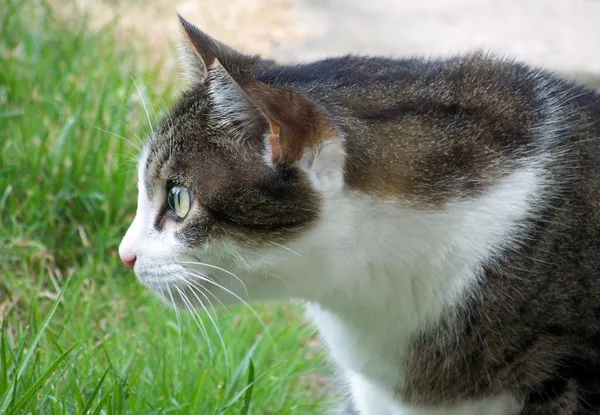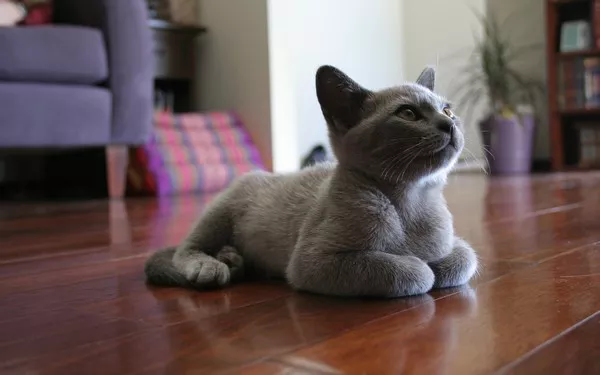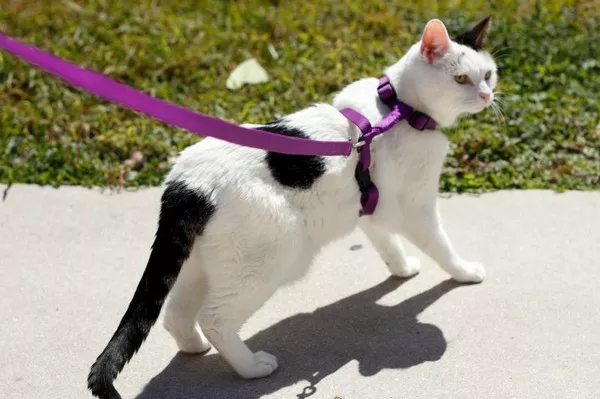In a recent publication in Current Swedish Archaeology, Matthias Toplak presents a fresh perspective on the significance of domestic cats in Viking Age Scandinavia. Challenging conventional interpretations influenced by medieval mythology, Toplak sheds light on the multifaceted roles of cats in Viking society, drawing from archaeological evidence to provide a nuanced understanding.
Traditional depictions of cats in Norse literature often associate them with negative forces, sorcery, and demonic attributes. References in sagas and myths portray cats in contexts linked to dark arts and supernatural beings. For instance, in the Saga of Erik the Red, a Greenlandic sorceress is described wearing garments made of cat skin. Similarly, Norse mythology depicts the goddess Freyja riding a chariot pulled by two cats. However, Toplak proposes that these associations may not be rooted in Viking Age beliefs but could be influenced by Christian or antique traditions.
Toplak’s re-evaluation is grounded in archaeological findings rather than literary sources. He examines evidence of cat fur being used for clothing and observes variations in the presence of cat remains at archaeological sites. While some cats were skinned for their fur, others were buried alongside humans, suggesting a companion or pet role. Notably, the prevalence of cat burials increased over time, indicating their integration into Scandinavian domestic life by the later Viking Age.
The burial practices of high-status individuals from the Viking Age reveal intriguing insights into the relationship between humans and cats. Cats were interred alongside other grave goods, challenging interpretations of their inclusion solely for practical purposes. While cats were occasionally consumed as food, Toplak dismisses this theory, suggesting that cats held a more sentimental value as household companions and pets, possibly intended to accompany their owners into the afterlife.
Additional archaeological discoveries further support the close bond between cats and humans in Viking society. The presence of cat-like motifs in Viking swords and the unearthing of a cat figurine crafted from amber at Birka hint at symbolic and cultural significance. Toplak underscores the complexity of the roles assigned to cats, which encompassed pest control, companionship, and potential religious symbolism associated with magic and fertility.
In conclusion, Toplak’s re-evaluation of Viking-Age cats underscores their multifaceted roles in Scandinavian society. While literary sources may depict cats in a negative light, archaeological evidence reveals a more nuanced relationship between cats and humans, characterized by companionship, practical utility, and possibly symbolic meanings. As our understanding of Viking culture continues to evolve, so too does our appreciation for the diverse roles played by these enigmatic feline companions.

























